Javier Jasso is one of those rare spirits that seems unfazed by much these days. One quickly can assume through Jasso’s friendly nature and measured response he plowed through the pandemic, recent socio-political turmoil, and any number of lofty obstacles that would hinder most unencumbered. Since completing his MFA at UIC, Jasso has setup an active studio practice and began teaching at a number of Chicagoland area colleges during these most challenging times in recent memory. This week the COMP Magazine traveled down to the Back-of-the-Yards neighbourhood to discuss with Jasso his youth divided between Chicago and Guadalajara, Mexico, the role nomadic existence has played in his work, transitioning from student to teacher, and his current solo show, “High Cube Wide Turn“, at Ignition Project Space.
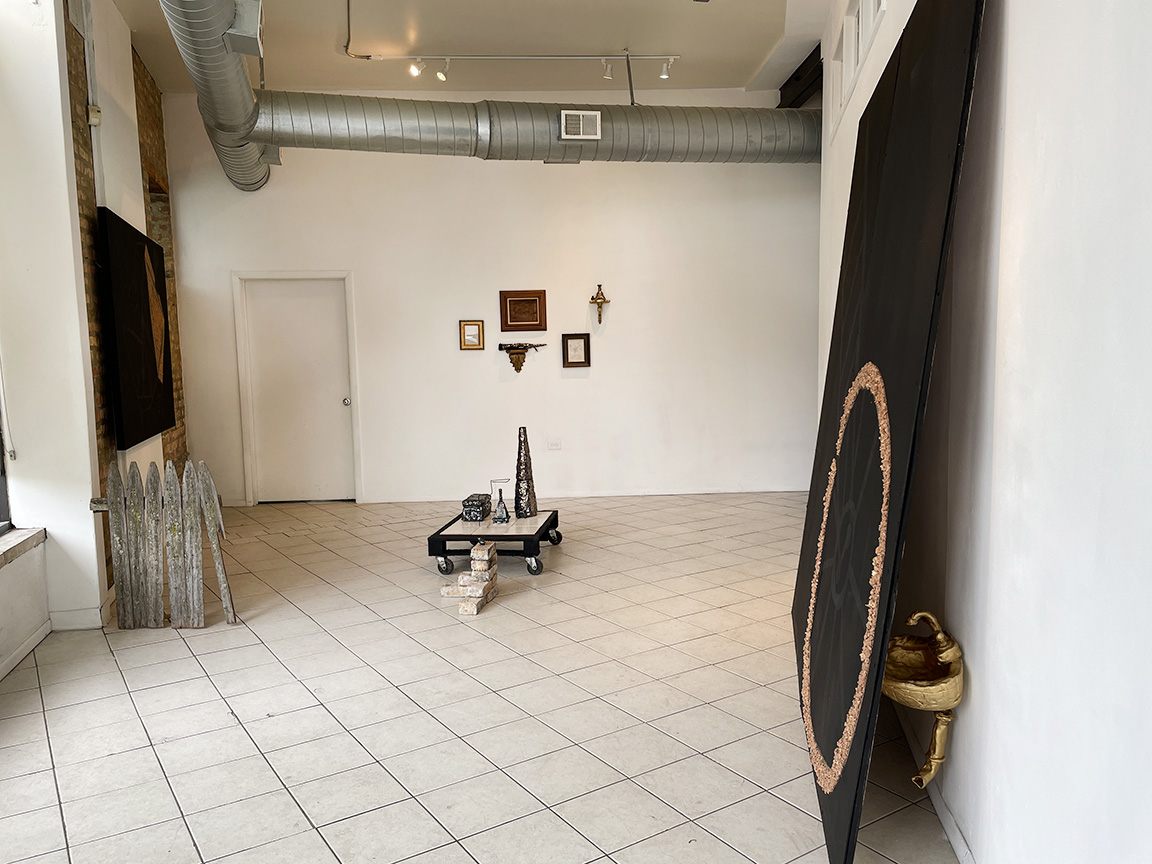
I tend to find that experiences prior to identifying oneself as an artist to be highly influential in present pursuits. Can we rewind and start with your youth? You were born in the states, but spent much of your childhood in Guadalajara, Mexico. I’m wondering if you see any early experiences or people having influence on your present aesthetic practice?
Yes, I was born in Chicago and moved to Mexico when I was 3 years old. Eventually, we came back, by we, I mean my two brothers and my mom. I spent a lot of time in between The U.S. and Mexico. We did many road trips from Guadalajara to Chicago. One of those vivid memories I have it’s when we drove 32hrs non stop from Guadalajara to Chicago. I was exposed to a lot of different landscapes, climates, and people. I repeated the same trip with my uncle, years later.
There were many people that influenced my life and career, but one of these individuals that influenced me the most was Jaime Serrano. He was a family friend and an architect. He will take me to construction sites and developing areas along Lake Chapala, right when gentrification was chatting momentum in the early 2000s.
Another aspect that influenced my artistic career was just that we moved a lot. Sometimes because we had setbacks other times because we simply had to accommodate to new situations. I recall an event that marked my way of appreciating material goods and objects in general. When I was 12, we lost everything. To make a long story short, my mom owed rent money to some lawyers and they impounded everything we had. On top of it, we were evicted the same day. This is just one of many other similar stories. In another situation, we moved out of an apartment weeks after we settled down. What happened was that my brothers and I broke a giant vase that was in a private room of the building and the landlord kicked us out. My mom and I had to move everything we had in one night on a single hand truck, or dolly. I recall many more stories, but I think this gives a sense of what has influenced my work.
My family and I moved to 34 different houses, and 7 elementary schools. Not everything was so negative all the time. I grew up just fine, with toys and friends, hahaha! But this semi-nomadic life definitely influenced my practice.
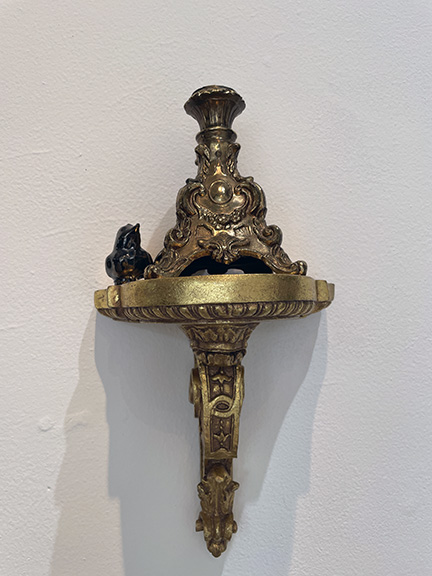
One item, nomadic existence, stood out in conversation during our studio visit. There are mass migration patterns seen globally that appear to be escalating in our world via environment displacement, exodus due to conflict, and economic necessity. Can you offer insight into your thoughts on how you see this dilemma and how this surfaces in your work?
The word nomadic is very interesting if we put it in a “modern” context. By the way, I do not believe in modernity. I feel like nomadic is something that feels ancient, but yet a comment practices in current times. If we were indeed modern we wouldn’t have the necessity to migrate, or move because of natural disasters, religious points of view or political conflicts. Since the behavior of nomadic people is so broad, and it covers different cultures and regions in the world, I simply like to explore and expose myself to every aspect of this human behavior. My work, in general, deals with this paradox of permanence, impermanence, “modernity” tradition, nomadism and sometimes fiction.
The idea of only a transitional state in which everything is subject to a change, like many of the recycled objects in my art, is a pragmatic aspect of the work. For example; some of the sculptures were trees, then 2x4s and then the scaffold of a house, now they are works of art.
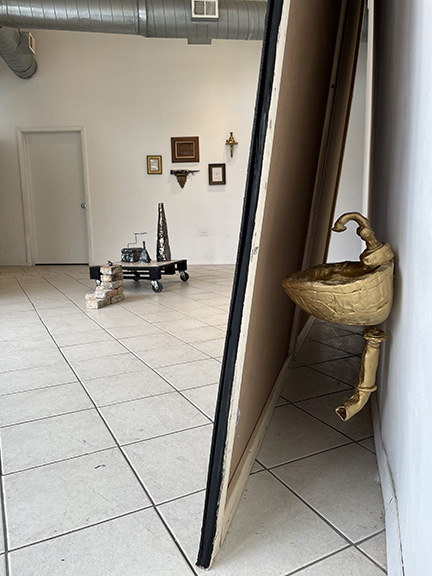
I am fascinated by the piece Tampura Mutantur, 2020. This effort reminds me of my days working with Armpit: A Roving Street Gallery. We sought out vacant lots in various parts of the Chicago and created temporal sculptures out of found materials on site. In response to this work, you write, “I am not sure if there is no exit, And I believe, if there were any doubts to clarify this, we will be immersed into pure madness. Perhaps to be in someone’s place is to occupy time because time is linear (a guided dream). Perhaps to occupy someone’s mind is the exit, but that is obviously a paradox.” What prompted this project? What was the intent?
Tampura Mutantur emerged from construction debris. I gathered those materials out of a construction site and constructed a mobile armature that I could carry along the city. It was a semi-permanent sculpture that could only sit a few hours in a single spot, after that the sculpture could be forced to be moved by the city (this is by law), or neighbors.
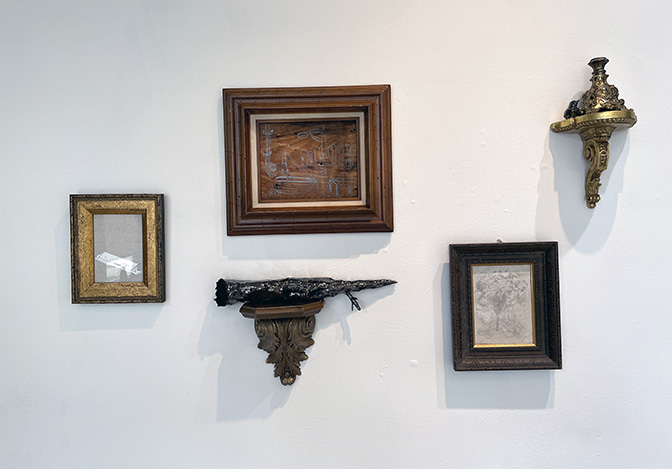
What do you value most in your artistic practice?
Like Louise bourgeois said “to make art is a privilege”.
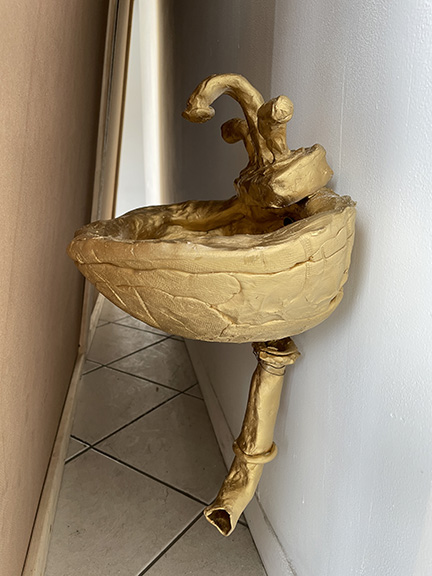
In addition to your studio practice, you are teaching at several Chicagoland colleges and universities. You have been a fantastic addition to the faculty at USF! I’m curious to know if there are specific items you are sharing with your students. Do you see any connection between your studio and teaching?
I make students react fast, sometimes without thinking. And sometimes slow the process so they can conceptualize what they are making. I feel like that’s something I developed intuitively and is also reflected in my work. After being exposed to situations where you have to react and move because you’re been evicted and you have to leave your house in a day, this simply became a habit.
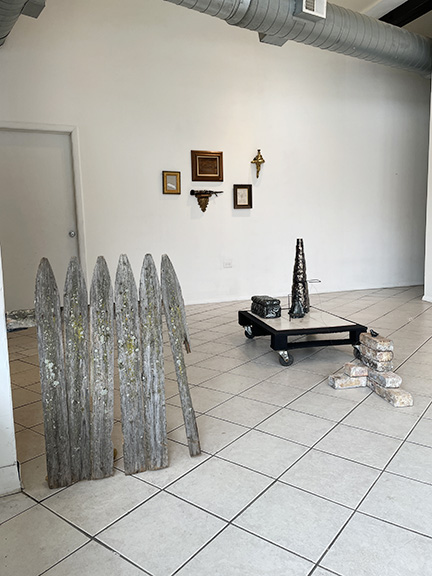
Your artworks are presently being shown at Ignition Project Space in May 2022. What’s the plan for this exhibition? Can you walk us through the process for executing this solo exhibition?
Ignition Project Space gave me the great opportunity to have a solo show. I can only have gratitude toward Mia Capodilupo.
The exhibition, High Cube Wide Turn, is an exhibition that consists of memories turned into sculptures from images of the neighborhood Back of the Yards. I am trying to produce meaning through material as an act of associating my surroundings. Materials such as tiles, bricks and wood, were collected from alleys, front yards, empty lots and abandon houses, locating ideas of memorialization and architecture within real. In my effort to engage the notion of “domestic” and the paradox of stability, I try to bring three co-existing realities that I have experienced in my neighborhood, domestic (home), the unstable environment of displacement and homelessness, events I have witnessed year after year.
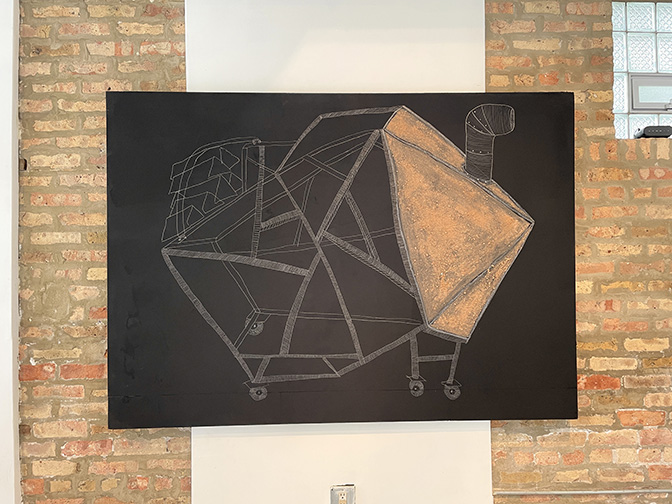
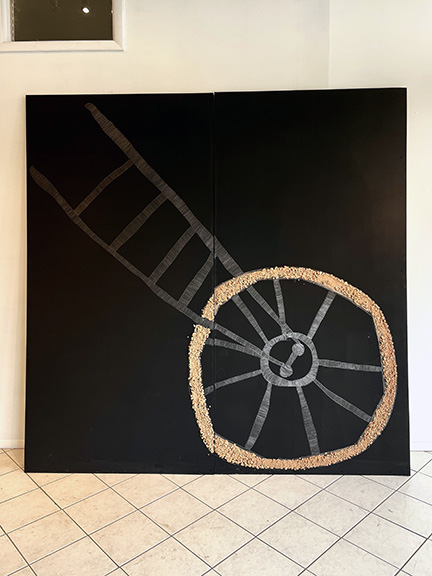
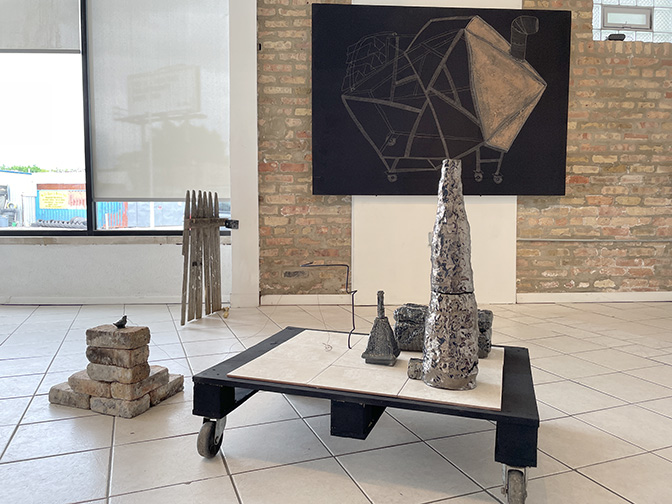
For additional information on the aesthetic practice of Javier Jasso, please visit:
Javier Jasso – https://www.javierjasso.net
School of the Art Institute of Chicago (SAIC) – https://www.ccc.edu/colleges/wright/departments/Documents/Transfer%20Success%20Story%20Javier%20Jasso.pdf
The Visualise – http://www.thevisualist.org/2022/05/javier-jasso-high-cube-wide-turn/
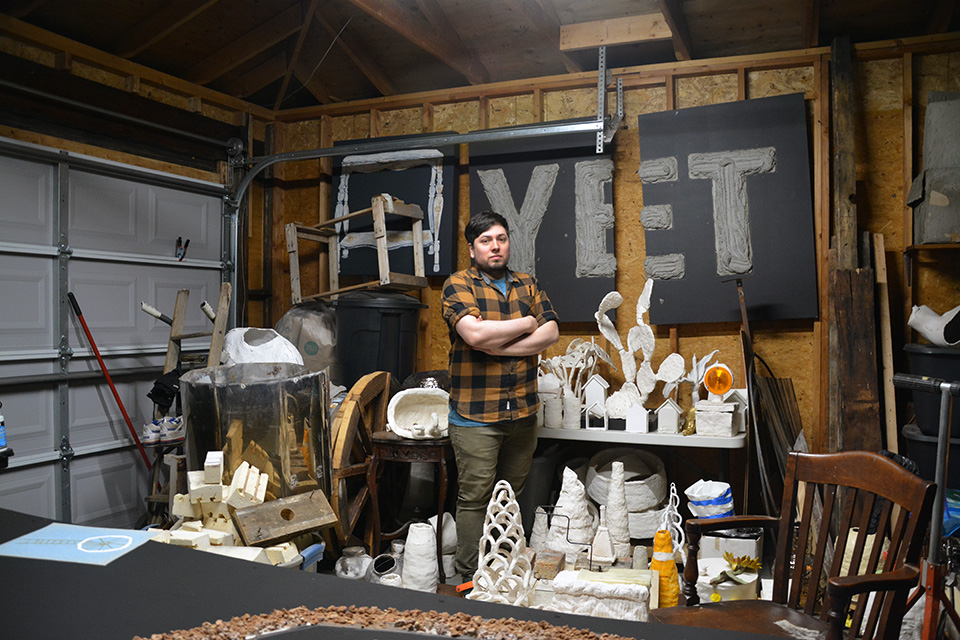
Interview and portrait by Chester Alamo-Costello


